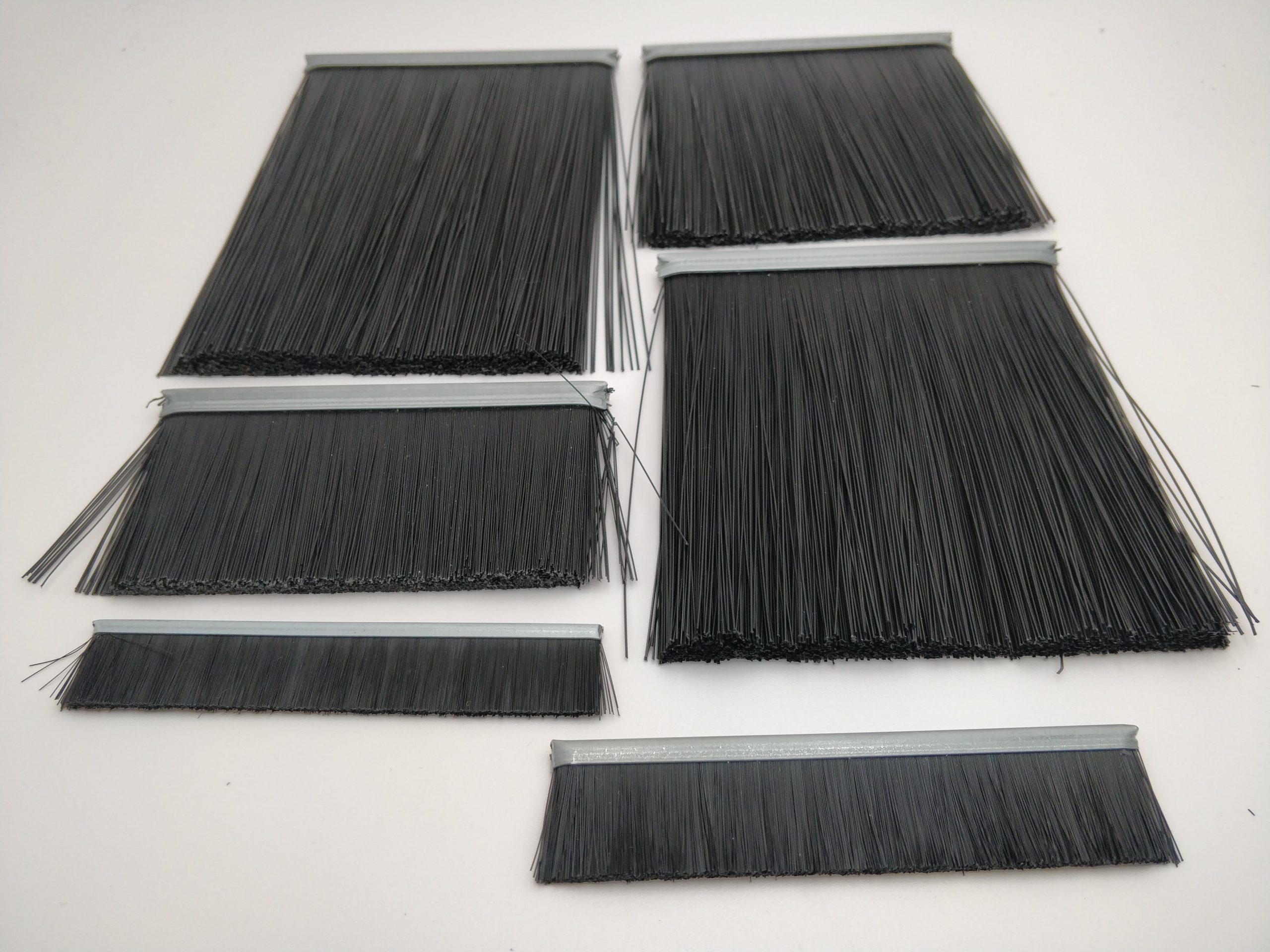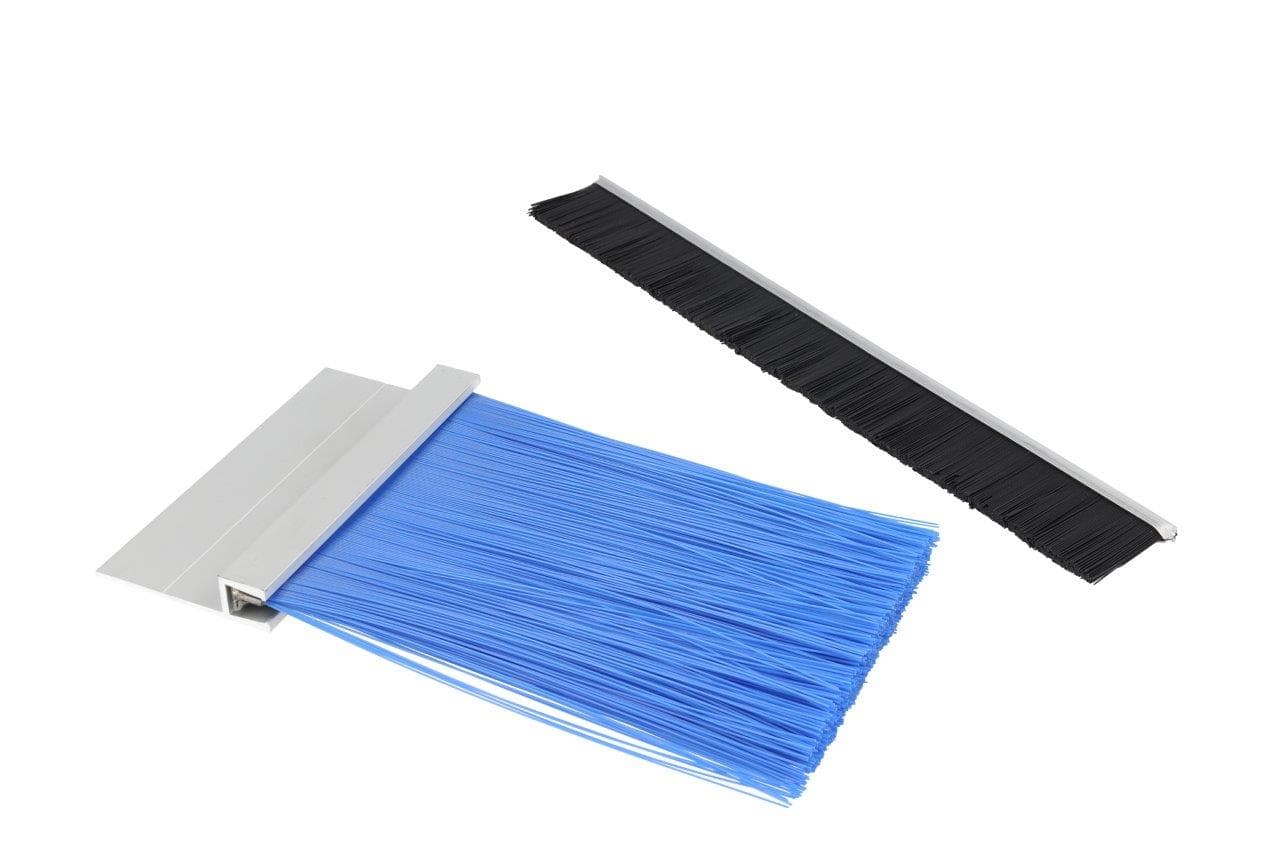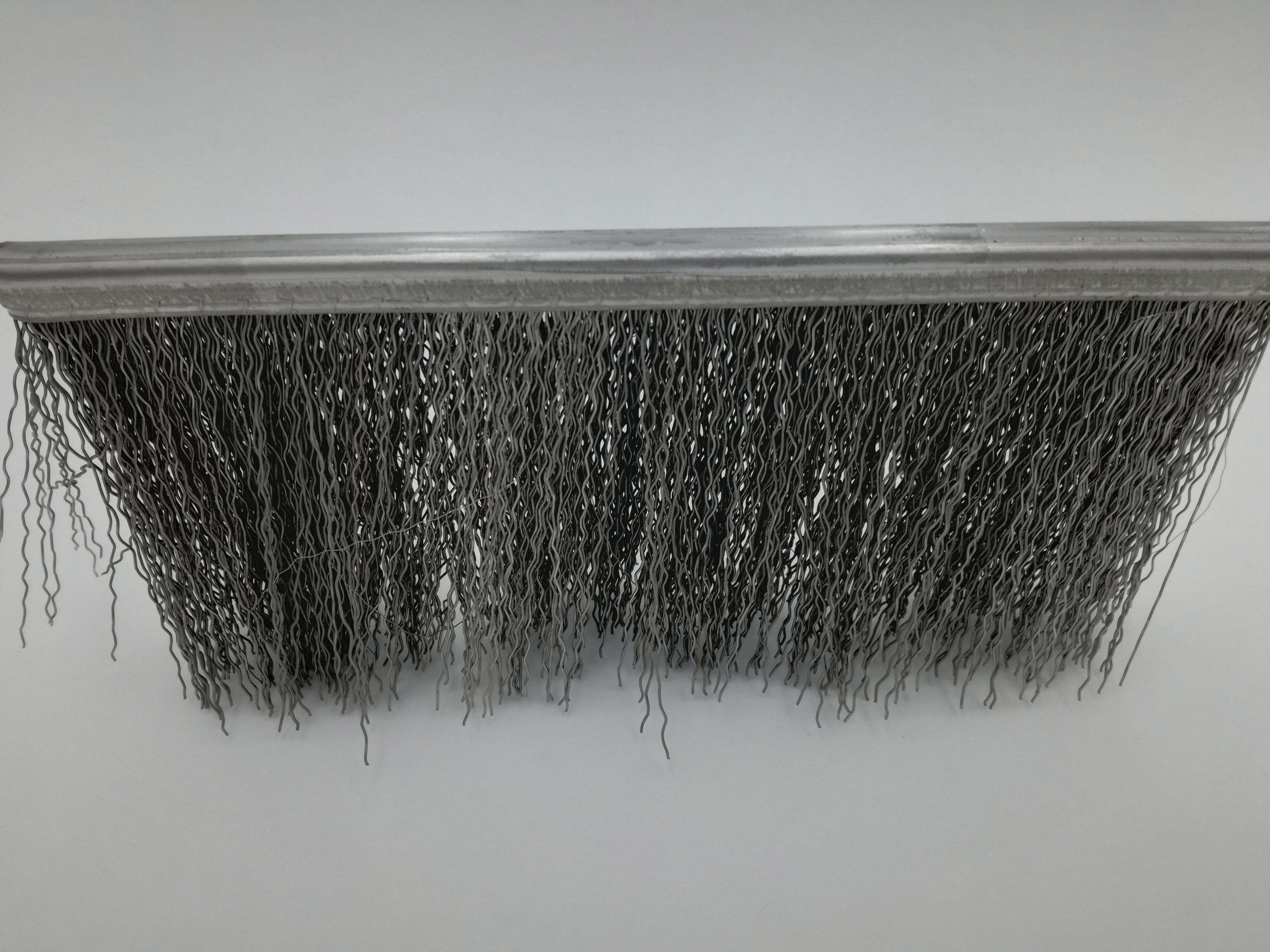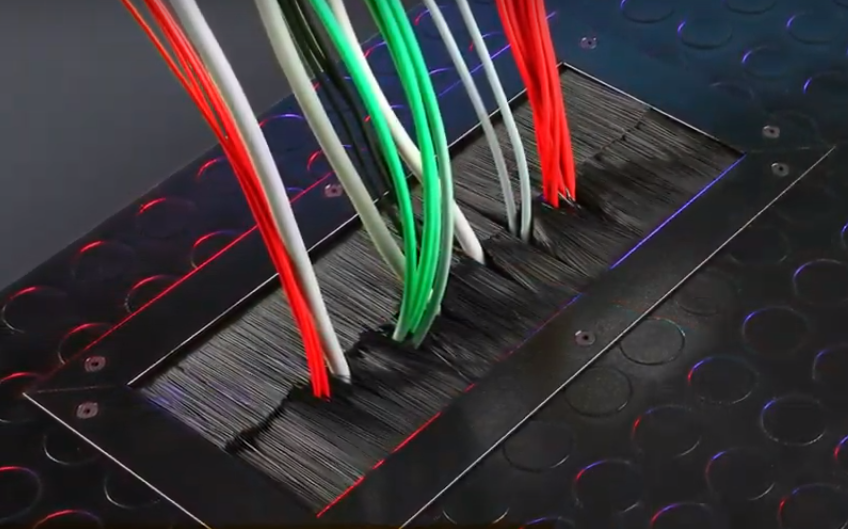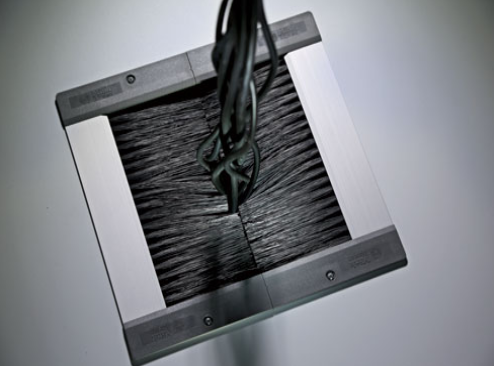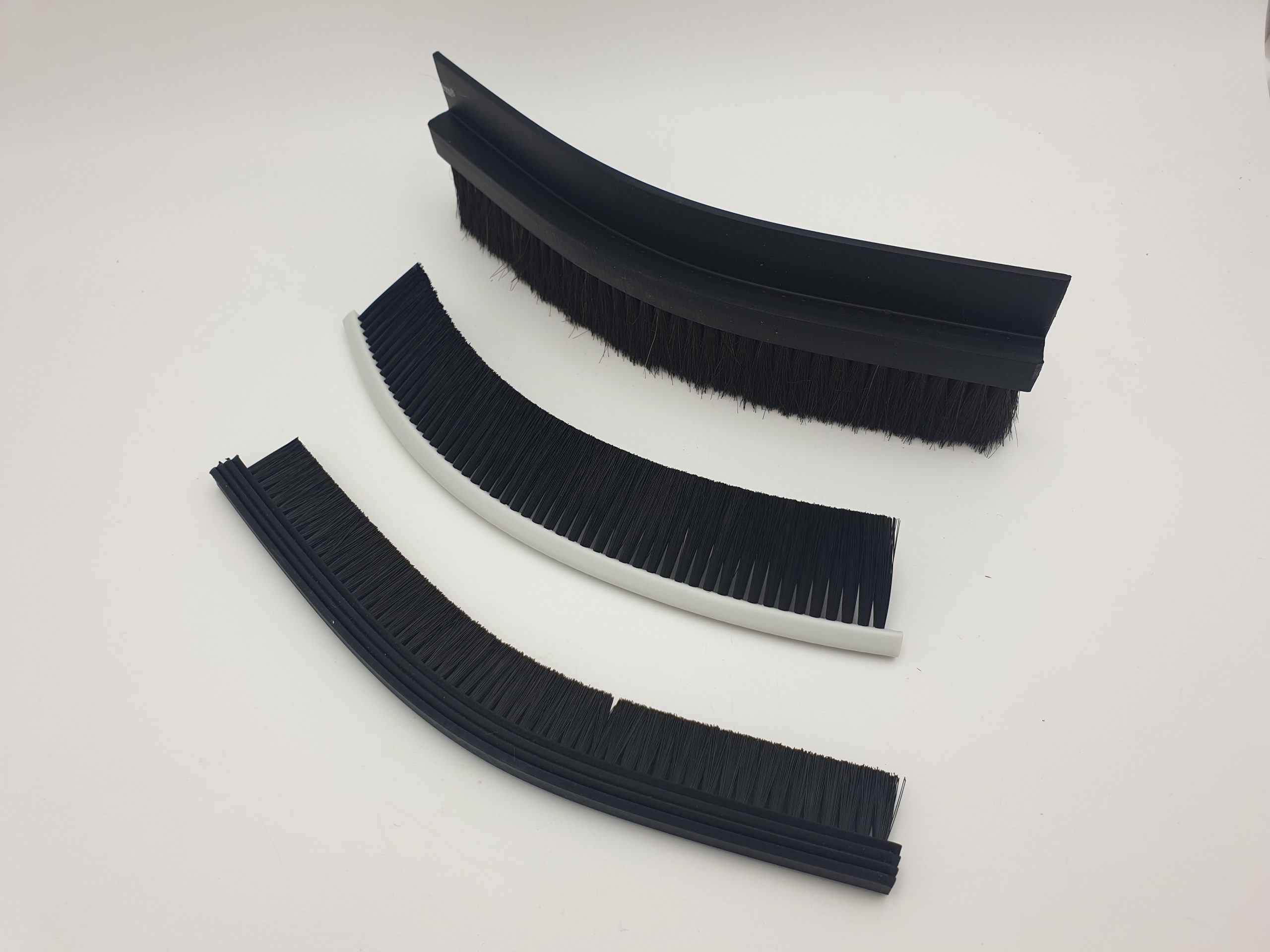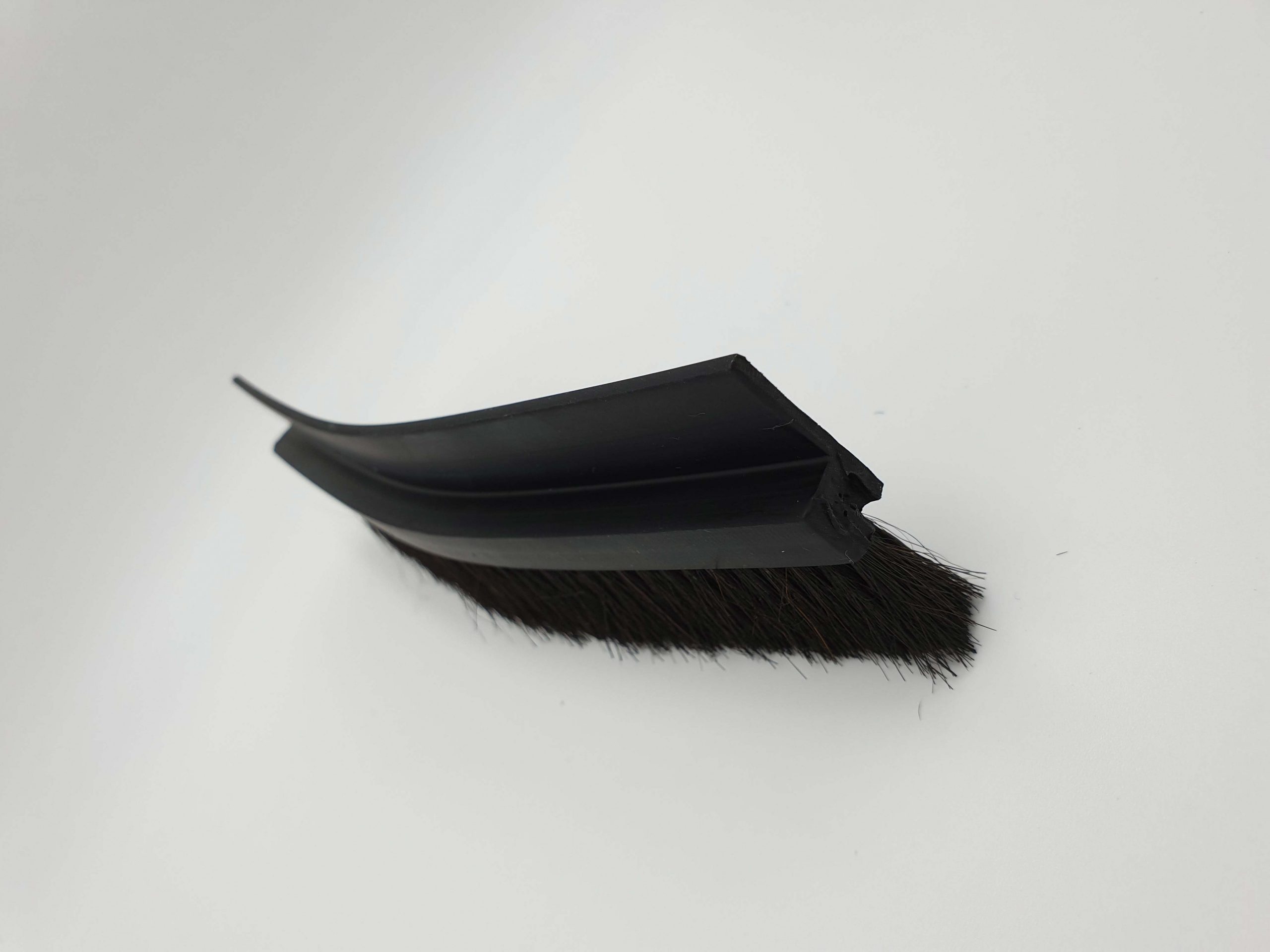Brushes for spreading, unfolding, impregnating and dispensing
Brushes for different applications
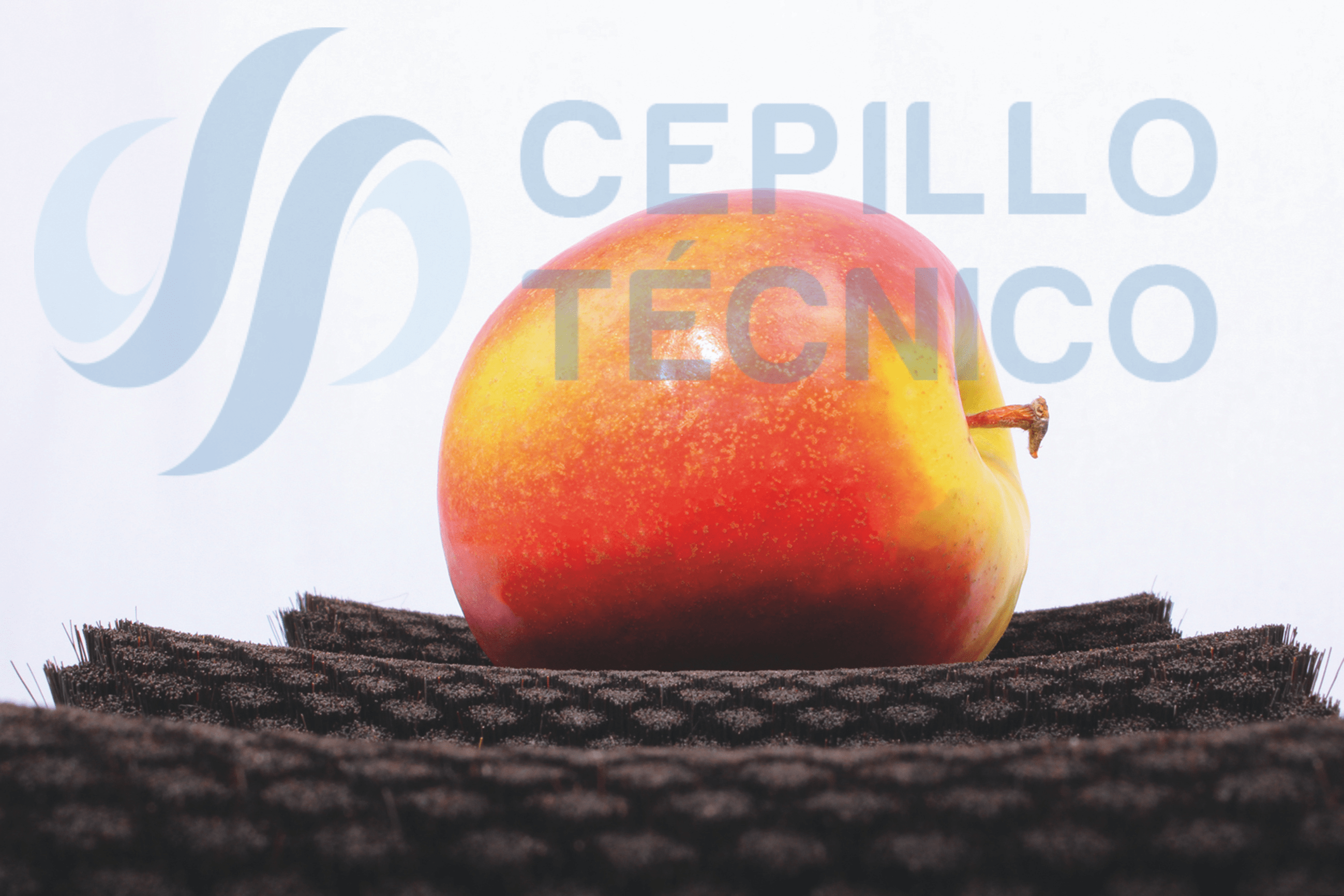
Humidification
Dampen stacks or sheets of paper to prevent static electricity buildup and paper folding or wrinkling. Humidification is most common in the paper and printing industry. Brushes are used to dampen stacks or sheets of paper caused by dry air and thus prevent static electricity buildup and paper curling and wrinkling.
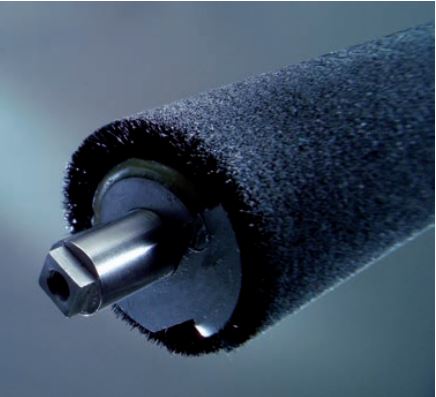
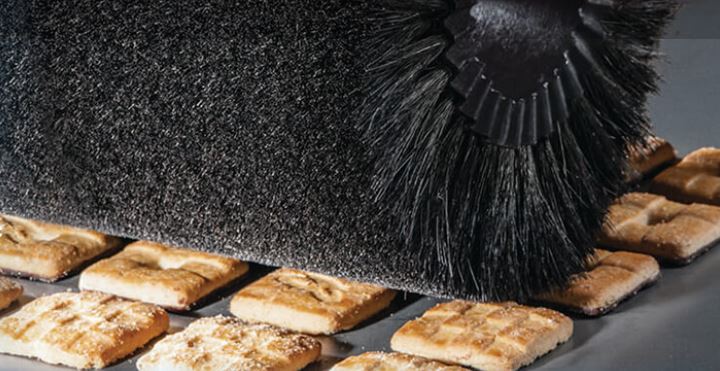
Sprinkle
Coating of food products or rubber products with a specific material Examples of spraying tasks are the coating of food products with icing or powdered sugar or the coating of rubber products with a specific material to ensure lubrication or protection of the rubber. The most common markets in which brushes are used for spraying tasks are the food and beverage industry and the rubber processing industry.
Extension
Evenly distribute, spread and place materials on conveyor belts or other surfaces. Examples of spreading tasks are evenly dispatching products arriving on a conveyor belt, smoothing stacks of material on a table and making sure that, e.g., tablets enter the troughs. The most common markets in which brushes are used for spreading tasks are agriculture, the food and beverage industry, the pharmaceutical and cosmetics industry, and many more.
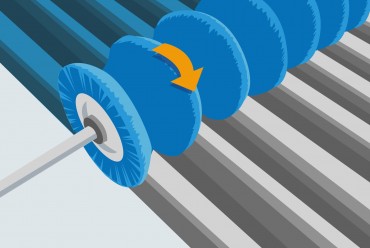
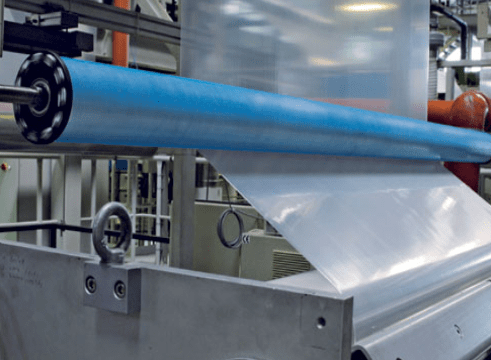
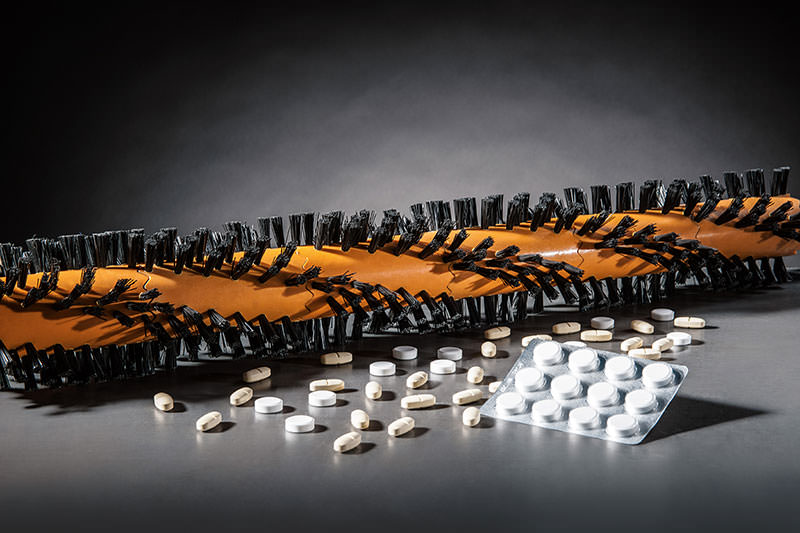
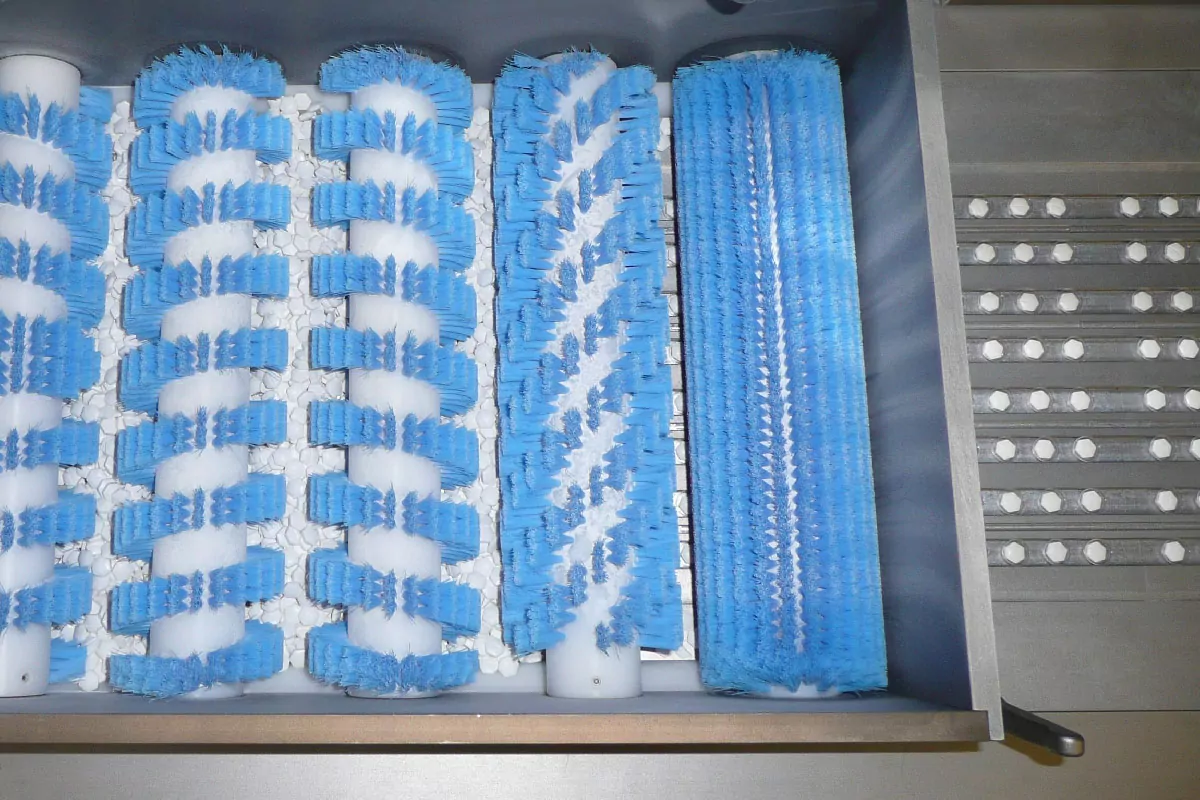
Inserted
Placement and insertion of products or materials into a production line. Examples of insertion tasks are placing paper in the correct position, inserting products or materials into a production line or into channels, etc. The most common markets in which brushes are used for insertion tasks are packaging machines and film production and pharmaceuticals and cosmetics. industry.
Oiled / waxed
Smearing and applying a substance such as oil to products. Examples of greasing/waxing functions are lubricating engine parts, greasing
wood or metal surfaces, rubbing a substance on products or baking sheets. The most common markets in which brushes are used for greasing and waxing tasks are the automotive industry, the food and beverage industry, the wood and furniture industry and many more.
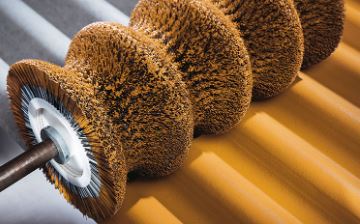
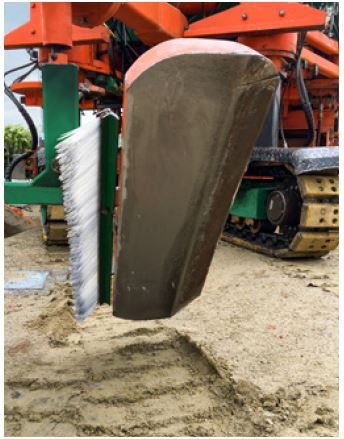
Coating / Extension
Application of substances/liquids such as paint or oil to products. Examples of coating/spreading functions are coating corrugated material with a substance such as paint, coating food or metal products with a substance and coating oven trays with a substance. The most common markets in which brushes are used for coating/spreading tasks are the food and beverage industry, metalworking industry, rubber processing and many more.

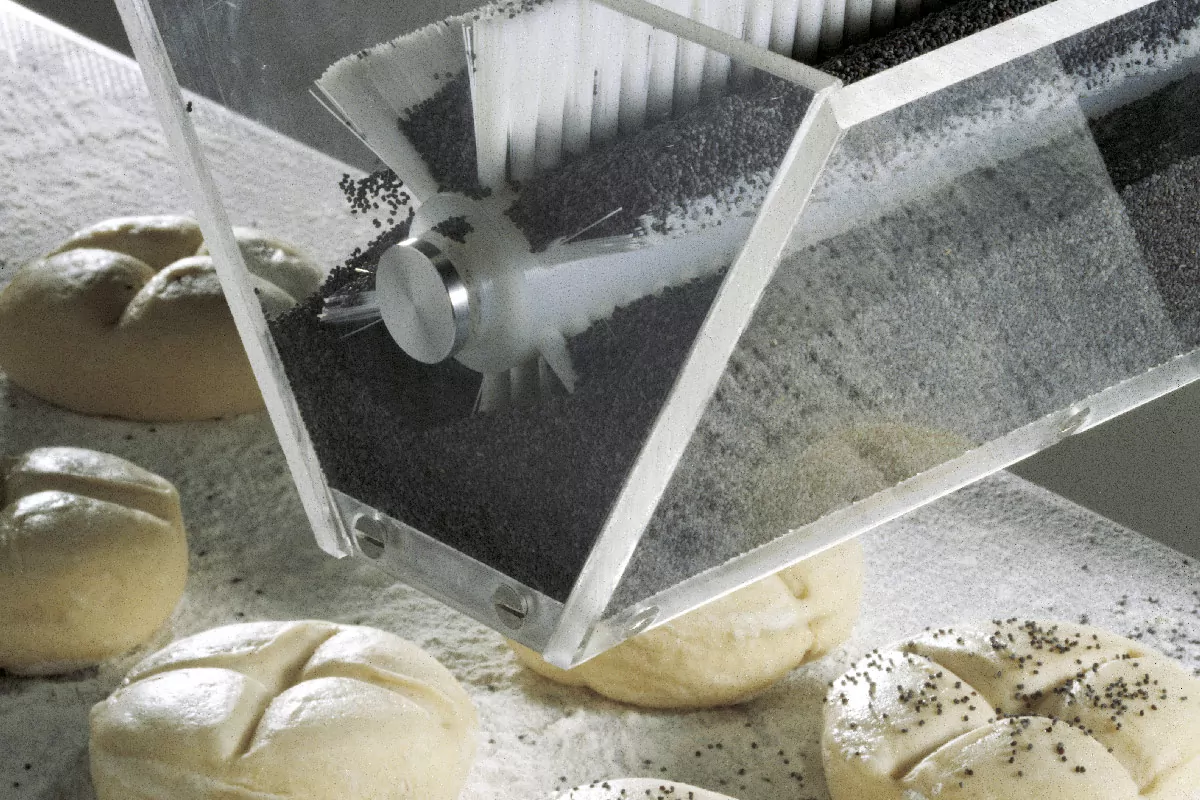
Aspersion
Coating products with seeds or distributing seeds Examples of spraying tasks are coating food products with sesame or poppy seeds, coating baked goods with chocolate chips, and dividing agricultural seeds evenly in the field. The most common markets in which brushes are used for spraying tasks are the food and beverage industry and the agricultural industry.
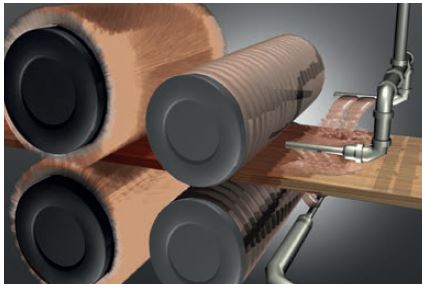
Contact us for more information
Related posts
Cepillos en escaleras mecánicas, ¿para qué sirven?
Por regla general, los cepillos en caleras mecánicas suelen pasar desapercibidos. La mayoría de los…
Ventajas de las brochas y los cepillos en un taller mecánico
Los cepillos en un taller mecánico aportan una gran utilidad. Junto con las brochas, son…
¿Para qué sirve el cepillo tira antiestética?
Un cepillo tira antiestética cumple con todo tipo de funciones. Desde la limpieza hasta el…


